Gaslighting the Lava Flow
West's war of words cannot halt the slow, inevitable grind of Russian advances. In tandem with China, Moscow is crystallizing an emerging global order, using Western arms lack as its catalyst.
Amidst the fanfare of a self-proclaimed Nobel Peace Prize quest, a quieter, more troubling truth seeps from Washington: the means for war is running low. This new lexicon of peace-making is merely a superficial script laid over a deepening material deficit. It speaks of a landscape where weapons depots stand as hollow silos, munition assembly lines stutter, and a grim realization dawns: the US cannot feed the forever wars of the future with the depleting dregs of past production.
Ignore the noise; decode the signal. The kerfuffle over Chinese rare earths, the tawdry theatre of a Gaza ceasefire, the geopolitical whiplash where a Tomahawk missile threat today crystalizes into a chummy summit tomorrow—these are not discrete events. They are surface tremors, the inevitable shudders along a single, profound fault line. This is the push-pull of a power straddling a parallax gap, its schizoid diplomacy—lacking all object constancy—turning existential foes into photo-op partners in the blink of an eye.
After decades of the West favouring the spectral world of finance over the solidity of production, a reckoning arrives. The empire’s offshored material base—mines, forges, factories, and circuits—is now in open rebellion against the ideological superstructure that once commanded it. The pipelines of tangible power are fraying, jammed with the geopolitical detritus of a fractured world, even as the torrent of facile finance swells Wall Street vaults.
Behind the high-minded appeal for peace now stands a naked plea for time. Time to salvage the remaining arsenal. Time to jump-start a stalled engine of production. Conciliation covers a calculated retreat, masking a core fear: that the thrum of the factory floor, the definitive catalyst of geopolitical power, is fading to black in the West.
Gaslighting the Russian Lava Flow
The latest peace gambit from US President Trump coincides not with a stalemate, but with the relentless advance of Russian forces, a viscous flow of men and steel consuming eastern Ukraine. This martial lava, methodical and elementally patient, now threatens to encircle and engulf seven critical Ukrainian strongholds: Volchansk, Kupyansk, Seversk, Liman, Katerinovka, Pokrovsk, and Hulyapole. From the front lines to the energy grid, the assault is total; nightly strikes on Kiev’s infrastructure are a deliberate campaign to plunge the nation into a pre-modern darkness. Even the Dnieper River, a natural barrier, is no longer a limit, as Russian units reportedly established a new bridgehead at Kherson.
To this unfolding reality of blood and steel, the Western response has been, overwhelmingly, a discursive one: a desperate, repeated incantation of a single word—halt!
This is the essence of gaslighting a lava flow: insisting that the desolate landscape is not overrun, that the advancing front is an illusion, that a counteroffensive will turn the tide and that the problem can be resolved with the right turn of a phrase. The performative chaos of the Trump administration is the purest expression of this. His cycle of Tomahawk threats to Budapest summits is a symptom of geopolitical narcissism—an attempt to replace the material battlefield with a psychological one where his will alone should be decisive. Trump is, in effect, psychologizing the old Bolshevik maxim attributed to Lenin: ‘Probe with a bayonet. If you meet steel, stop. If you meet mush, push.’
Trump’s theatrical probes are designed to manufacture leverage, allowing him to pivot from strongman to peacemaker. The critical question is what Trump’s bayonet is striking? Has Putin turned to mush by lowered his demands as is so often reported in the West? Is he on the verge of accepting a frozen conflict? If so, then by all means Trump should continue playing his mind games.
At the very least, this process is exposing a critical schism within the Russian elite. Kremlin hawks regard Trump’s volatile posturing as an opportunity for Russia to manifest its own strength. In response, they are increasingly demanding their own steel—perhaps in the form of an Oreshnik missile strike on Ukrainian government buildings—to shatter the West’s psychological games and to impose the harsh realities of a battlefield superiority that is too often, in their eyes, kept in reserve.
The recent, acrimonious White House meeting between Trump and Ukrainian President Zelensky, as reported in the Financial Times, suggests the Russian hawk’s pressure is working on both Putin and Trump:
Donald Trump urged Volodymyr Zelenskyy to accept Russia’s terms for ending its war in a volatile White House meeting on Friday, warning that Vladimir Putin had said he would “destroy” Ukraine if it did not agree.
The meeting between the US and Ukrainian presidents descended many times into a “shouting match”, with Trump “cursing all the time”, people familiar with the matter said.
They added that the US president tossed aside maps of the frontline in Ukraine, insisted Zelenskyy surrender the entire Donbas region to Putin, and repeatedly echoed talking points the Russian leader had made in their call a day earlier.
Though Ukraine ultimately managed to swing Trump back to endorsing a freeze of the current front lines, the acrimonious meeting appeared to reflect the capricious nature of Trump’s position on the war and his willingness to endorse Putin’s maximalist demands.
That Ukraine temporarily swayed Trump back to a ceasefire does not change the fundamental dynamic: the West is still whispering to the lava flow, wish-casting the term “maximalist” like an incantation against a reality it cannot stop. All the while Russia continues to grind its way forward.
Stages of Peace
Russia’s warfighting strength rests on a living fusion of religious faith and national feeling—a force tempered by an imperial realism that forges diverse peoples into a coherent whole, one capable of both waging war and producing the weapons to sustain it.
The West, in contrast, stands crippled in the realm of collective belief, the disenchantment of wealth leaves in its wake a people bereft of the deeper mythic narrative required to endure the sacrifices of war or the relentless discipline of the factory floor. This fundamental schism—between a culture of material deeds and one of abstract words—is crystallized in the competing architectures for peace, a divergence best understood through the historical lens of the Franco-Prussian War (1871) and its critical distinctions between a ceasefire, an armistice, a transition government and a peace treaty.
Stage 0: The Mirage of a Ceasefire (The Western Position)
The immediate goal for Kiev and its Western backers has been a simple, unconditional ceasefire—a strategic gambit to freeze the conflict into a Korean-style stalemate. This would allow a sovereign Ukraine to re-arm and, in time, resume its push for NATO integration. Zelensky has reportedly accepted this ceasefire-only formula. Yet the fatal weakness of such a temporary pause, its inability to resolve the underlying conflict, will be demonstrated in the coming years—not least in the continuing tragedy of Gaza. Against this, Russia insists ad infinitum that the root causes of the war must be disgorged.
However, the Alaska summit explicitly agreed that any ceasefire must await a formal armistice. For Moscow, a mere pause is a non-starter—a cynical replay of the Minsk process, which became a decade-long exercise in “future faking” that Kiev used to build a NATO-grade army. Russia will not again grant its adversaries the time to recover, rearm, retrench, and restart a supposedly frozen conflict. To permit this would be to accept a permanent, NATO-aligned dagger on its border. This Western dream remains a political mirage.
Stage One: The Capitulatory Armistice
What Russia demands as the true first step is not a pause, but a capitulatory armistice—a signed agreement that codifies Ukrainian defeat. The core demand is a physical withdrawal of the Ukrainian military from at least the Donbass, if not all four contested oblasts. This is the modern equivalent of Bismarck’s victory parade through Paris: a humiliating, public ritual of submission.
As commander-in-chief, Zelensky holds the legal authority to order a retreat. What he cannot do—and what Putin, ever the autistic lawyer, knows perfectly well—is legally transfer sovereignty. Yet a withdrawal, paired with public acceptance of Russian terms, would itself be an ironclad admission of defeat, rendering the legal technicalities moot.
The timing of such a move is a matter of life and death. If Zelensky acts too soon, he will be dead at the hands of nationalist factions long before the armistice is signed. If he waits too long, Western support will evaporate, and the Russian lava flow will simply advance towards Odessa.
Stage Two: A New Regime
If Zelensky survives the armistice signing, elections would immediately follow to ratify Kiev’s new political reality. Russia requires a successor government—a legitimate entity, akin to the French Third Republic that replaced Napoleon III’s empire, endowed with the constitutional authority to enact what the current regime cannot. This would not be a classic puppet state, but a government of national salvation, its mandate to legally sanctify the consequences of military defeat. Its first and final tasks would be the legislative formalities of surrender: the official cession of sovereign territory and the constitutional enshrinement of neutrality.
Stage Three: The Final Peace Treaty
Only with a compliant government in Kiev can the final stage begin. This administration’s sole purpose would be to negotiate and ratify a formal peace treaty, codifying the territorial and political concessions as binding under international law. Once Putin is satisfied, the Special Military Operation would formally end. The process is inherently protracted, likely extending to 2028—a timeline the Kremlin will fiercely pursue to lock in terms before a potential shift in the U.S. presidency.
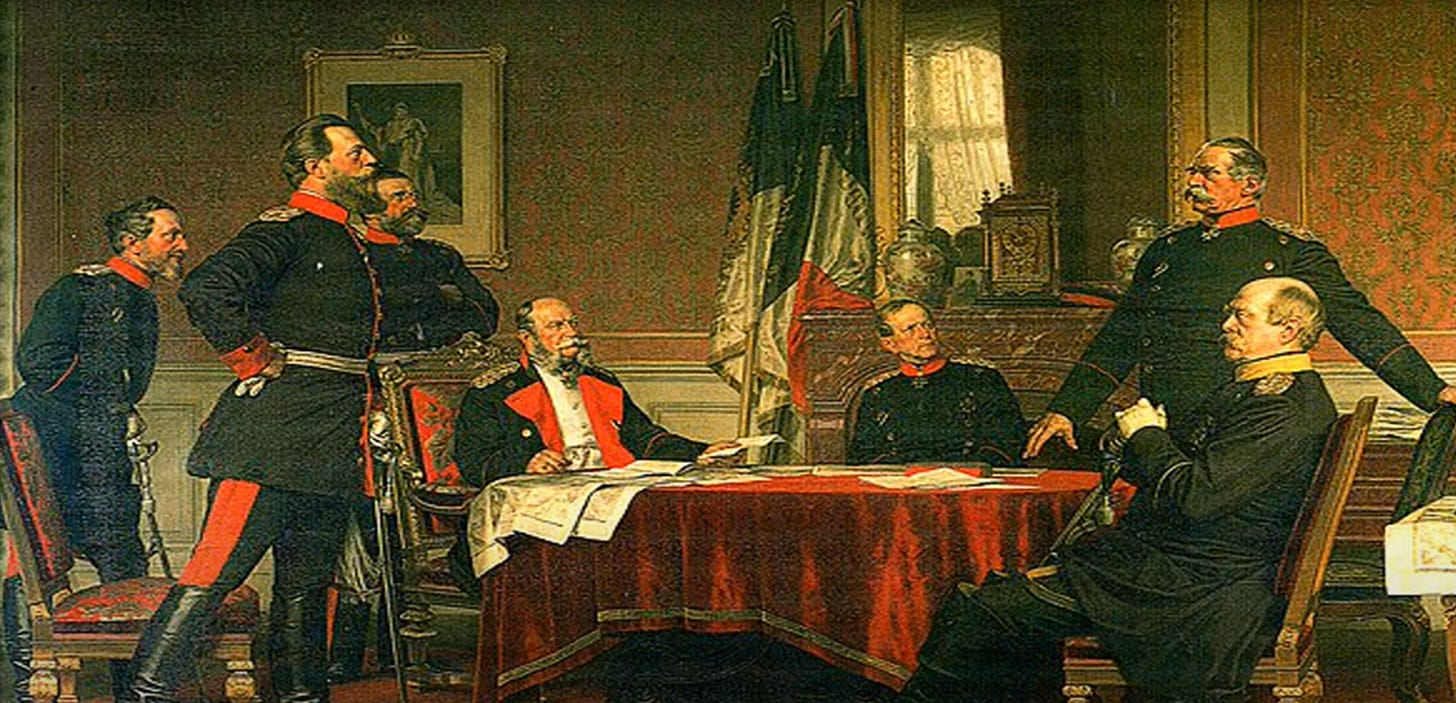
The critical unknown remains the final price. For the time being, Ukraine’s armed forces are not yet broken enough to accept such humiliating terms. But the longer the war grinds on, the higher the price of peace will elevate. The initial demand for four oblasts and Crimea is already giving way to the hawks’ vision: an eight-oblast formula that severs Odessa and Kharkov from Ukraine for a generation. In this grim logic of lava flows, time is not a neutral arbiter. It is Russia’s ultimate ally.
This potential expansion of Russian war aims is more than a regional conflict; it is the most violent expression of a global system that has lost its old certainties. The traditional models of power, which assumed a stable hierarchy, can no longer account for a world where outcomes are not decreed but forged in the unstable interplay of competing realities.
From Hierarchy to Tension: A Simondonian View of Global Power
Traditional realist thinking—from Thucydides in the Melian Dialogue to Bismarck in the halls of Versailles—imagined international relations as a fixed hierarchy. The strong dictated terms; the weak complied or were destroyed. Power, in this classical geometry, was stable, visible, and cyclical: empires rose, overreached, and fell in patterns as predictable as the tides.
But today’s rivalry between the United States and its challengers, China and Russia, no longer fits this model. The world is no longer a finished pyramid of power but a charged field of unresolved tension—crackling with potential energy, perpetually shifting, never at rest.
To grasp this new condition, the philosophy of Gilbert Simondon proves essential. Writing in mid-twentieth-century France, Simondon sought to understand how things come into being—not as static objects, but as processes of perpetual formation. He proposed that individuals—whether a crystal, an organism, or a society—emerge from a metastable state. This is a condition of precarious, charged tension, distinct from both stable equilibrium and chaotic instability. A metastable system holds its shape, like a thundercloud, yet is seething with internal differences that threaten to transform it entirely. It has not yet resolved into a new, stable form; it is a crucible of potential, alive with the tensions that will generate its future.
In this view, geopolitical stability is not the default state of being but a temporary, hard-won resolution. Conflict and tension are not aberrations to be eliminated; they are the very engine of individuation—the creative force from which new realities emerge.
The heart of this creative tension is what Simondon called a disparation—the coexistence of two disparate scales of reality that cannot yet communicate or resolve into a single, coherent whole. This is not a simple conflict of interests, but a fundamental incommensurability. It is this precise dynamic of disparation that now defines the geopolitical condition of the twenty-first century.
On the material scale, the world has entered a new equilibrium that Washington has not yet fully accepted. The United States remains powerful, but its relative dominance is eroding. China’s economy, already larger by some measures, continues to expand its industrial and technological base, while Russia, despite sanctions and isolation, has consolidated military and resource advantages that the West cannot easily replicate. Supply chains, energy networks, and trade corridors now trace increasingly Eurasian routes. In material terms, parity is no longer hypothetical—it has arrived.
Yet on the ideological and moral scale, asymmetry endures. From the American perspective, neither China’s one-party state nor Russia’s civilizational authoritarianism can ever be accepted as legitimate equals to liberal democracy. To grant that recognition would be to renounce the moral architecture of the post-war order itself. Thus, while material parity is an unacknowledged empirical fact, moral parity remains a metaphysical impossibility.
These two logics—the de facto reality of multipolar power and the de jure vision of a U.S.-led moral order—are fundamentally incompatible. They coexist without synthesis, producing what might be called a “dialogue of the deaf”: communication without understanding, signalling without exchange, manifested in both the trade bluster with China and the ceasefire flailings with Russia.
This disparation is not a mere flaw in the system—it is its source of energy. The tension between practical equality and moral exclusion generates a kind of geopolitical voltage, a sustained charge that powers our era’s crises, trade wars, and information conflicts. In this light, the American inability to grant full recognition to rivals is not a failure of policy but a technique of control: a way to prevent the global system from releasing its tension—keeping it charged, unstable, and pliable.
This emerging tripartite order mirrors the old medieval hierarchy of estates—those who pray, those who fight, and those who work—each now animated by its own sacred text. The United States, the preaching estate, follows the catechism of Francis Fukuyama’s The End of History, convinced that the sermon of liberal democracy must close the human story. Russia, the fighting estate, draws its strategic logic from Samuel Huntington’s The Clash of Civilizations, viewing the world as a theatre of armed faiths where cultures must defend their sacred frontiers. Meanwhile, China, the working estate, reads Gilles Deleuze and Félix Guattari’s Capitalism and Schizophrenia not as a prophecy of collapse but as a manual of flows—a practical guide to mastering the storm of global capital without ever freezing its dynamic processes into a rigid dogma.
Using Simondon’s ideas, the international order is not static but pre-individual, still forming itself. The conflict between the U.S.-led world and the emerging multipolar one is an engine of a planetary transformation.
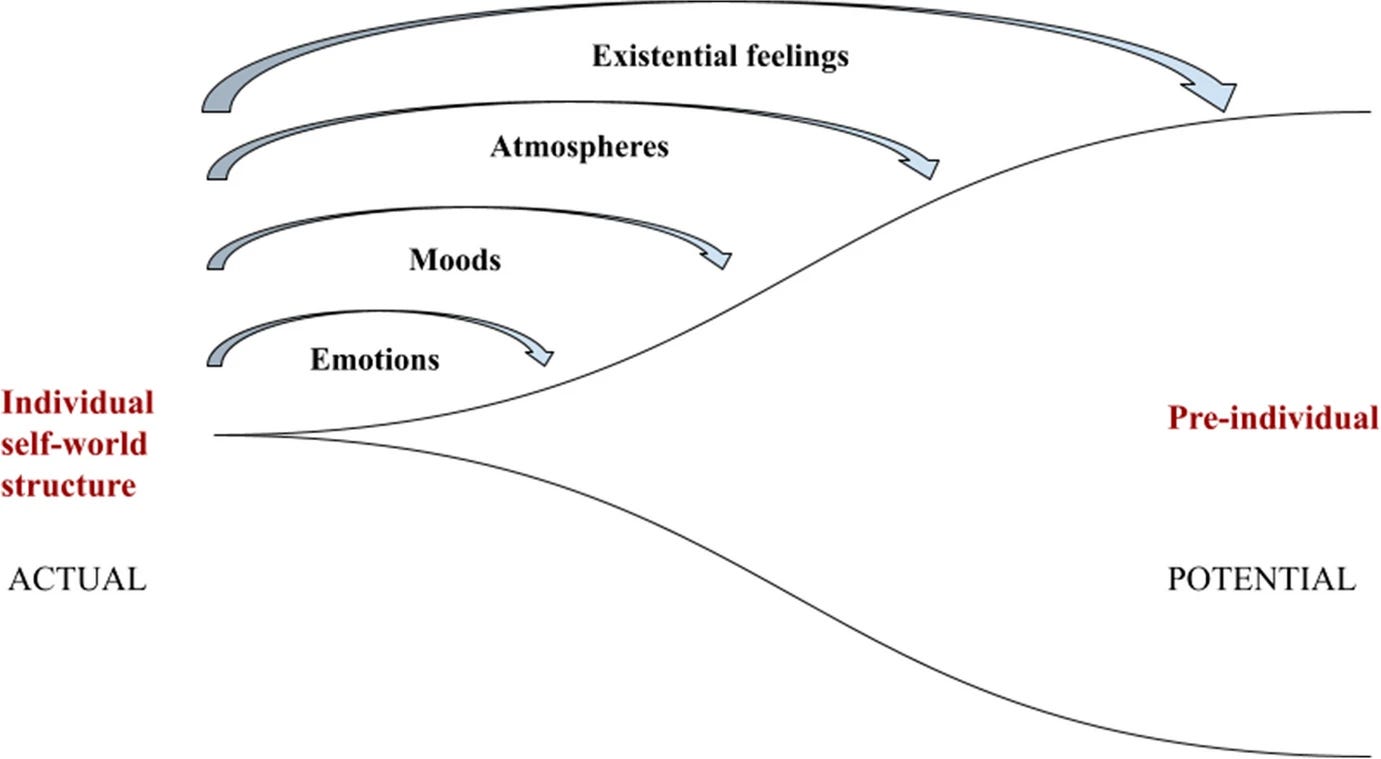
If classical realism pictured the world as a chessboard—fixed pieces on a stable grid—the Simondonian view reveals it as a planetary weather system. Reality here is not a geometry of positions but a field of tensions in perpetual individuation, an atmosphere whose pressure gradients of power and ideology give rise not to a single storm, but to a climate of ceaseless transformation. Lightning-flash diplomacy is followed by the monsoon’s long saturation; tornadoes of conflict dissolve into moments of uncanny stillness, themselves dense with latent energy. The horizon never clears. What we call “the future” is simply the next modulation of turbulence—a world metastable by nature, always resolving and re-forming in the same vital tempest.

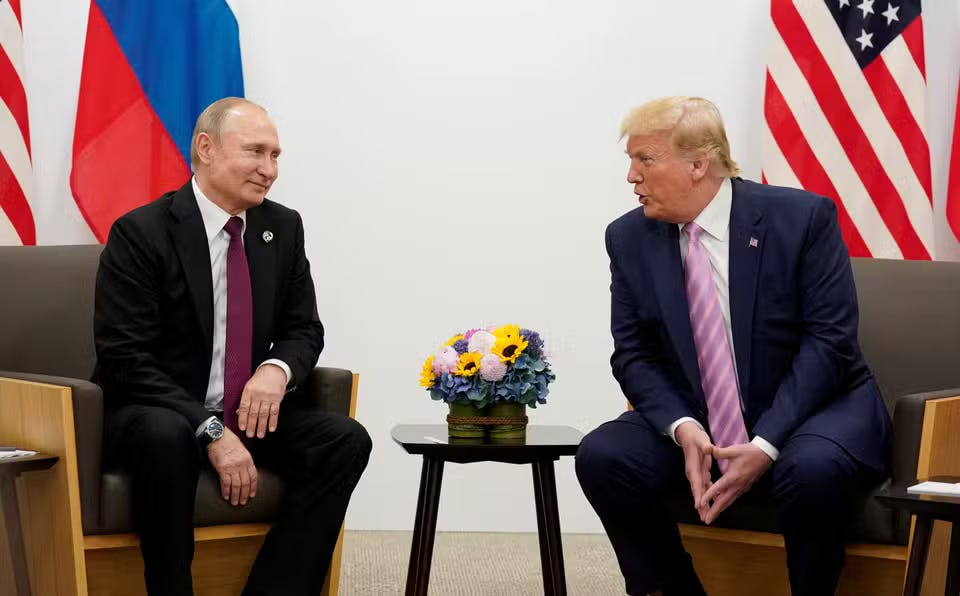
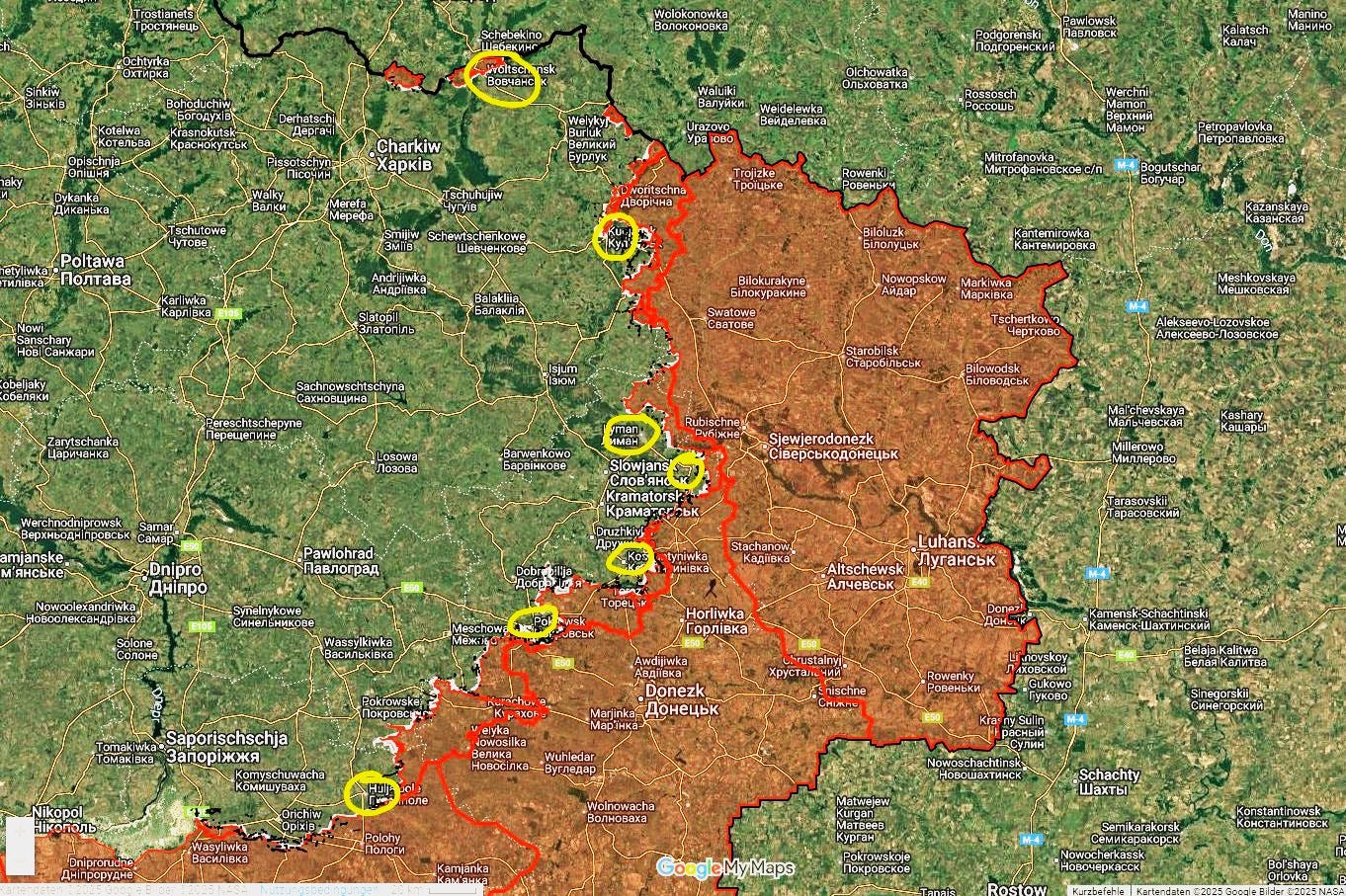
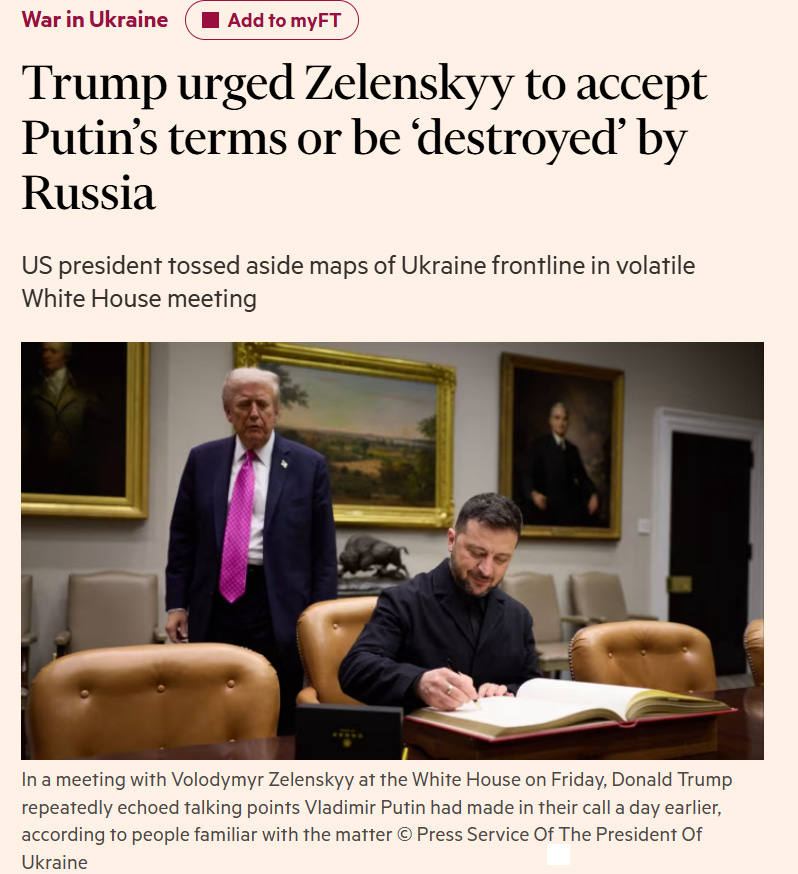
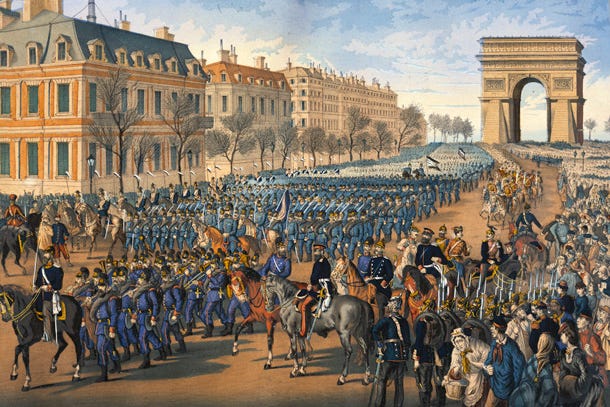

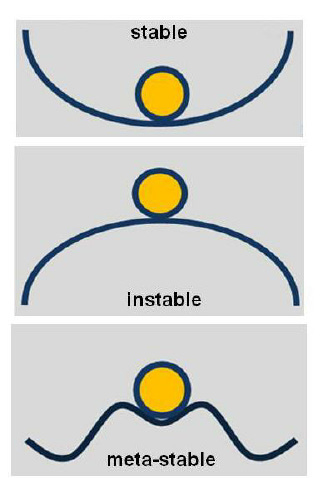
“ moral parity remains a metaphysical impossibility”.
I disagree in regard to Trump , who while he may parrot the “democracy and freedom” line for internal consumption, he doesn’t believe it , his actions are entirely transactional and rooted in a business/finance model.
The statement is however true of the Eurocrats, who apart from moral posturing about democracy, rights etc, have in actuality, little else, having lost any substantive economic or political influence. The authority for such moral posturing is also a complete delusion , un acknowledged by the rest of the world.
It is true , that abandonment of this for them is impossible, as it is all they have and are. Political and economic power always trumps(no pun intended) metaphysics, and that being so , they will go down with their metaphysical ship and vanish into the depths of forgotten history. There will be few mourners as the coffin shrouded in the EU Flag is consigned to those murky depths.
I agree with the thesis that Kevin has advanced. Were I to summarize it—the global order is broken; a new one is being born and yet the major actors of the receding order have yet not defined for each other and as a whole new rules as well as roles. The West is kicking and screaming whilst Eurasia (West vs Eurasia) is either kinetically fighting or mapping things out (China).